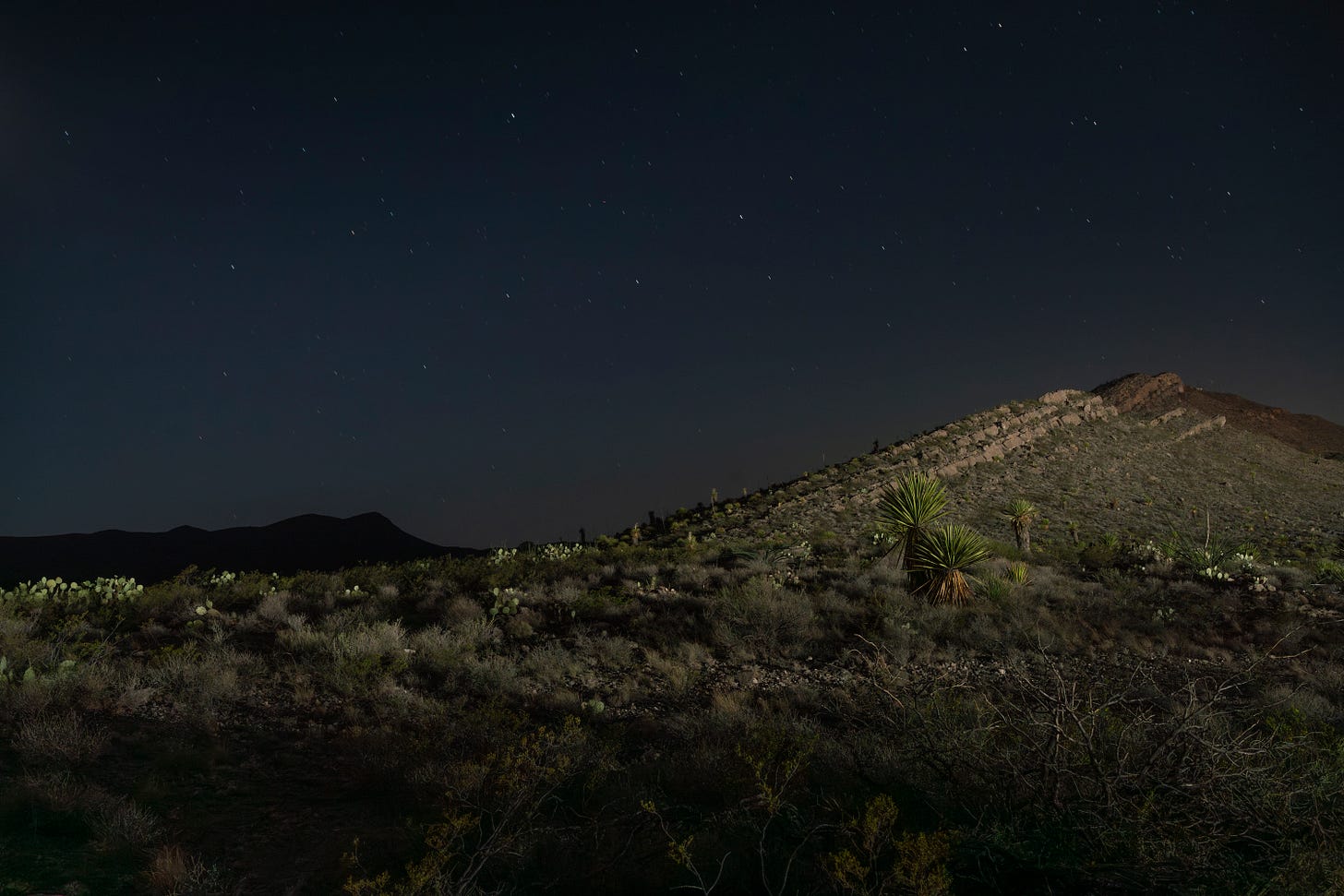Night Exposures
Photographer Marni Shindelman’s series Restore the Night Sky illuminates America’s hidden detention centers from an unexpected angle.

One of the stunning aspects of the desert borderlands is the region’s dark sky—or rather, the vast array of stars that appears after night falls. As The Border Chr…


